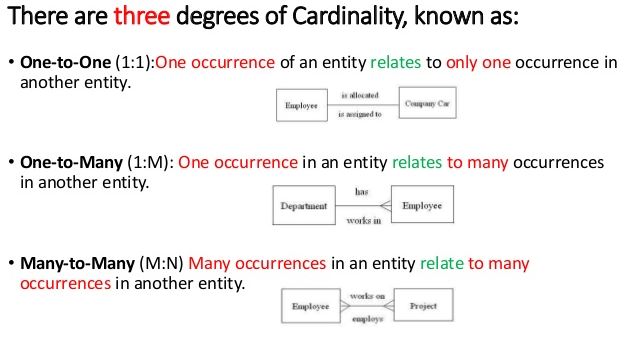Today we covered the problems that you can run into when you are designing ERD’s, these are called connection traps here I will cover two types.
Fan Trap:
Where two entities have a one to many relationship that fan out from a third entity. I have researched online and found this example.
“Fan trap occur in a situation when a model represents relationship between entity types however a path between certain entity occurrences is ambiguous
Example: (Staff)-1:N-has-1:1-(Division)-1:1-operates-1:N-(Branch) in this model it may be impossible to determine the branch a staff belongs to, in the situation when staff belong to division having more than 1 branches.
Restructuring the model resolves trap (Division)-1:1-operates-1:N-(Branch)-1:1-has-1:N-(Staff).”
Chasm Trap:
“This type of trap is a relationship between entities, but these pathways don’t exist
Chasm trap occur when a model suggests relationship between entity types however a path between certain occurrences does not exist.
Example: (Branch)-1:1-has-1:N-(Staff)-0:1-oversees-0:N-(PropertyForRent)
Because Staff relationship to PropertyForRent is with optional participation (0:1) for staff the path for Branch to PropertyForRent may not exist. Solution to this would be direct relationship between Branch and PropertyForRent with mandatory participation”.






